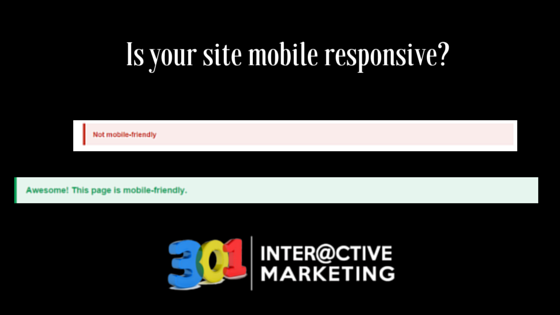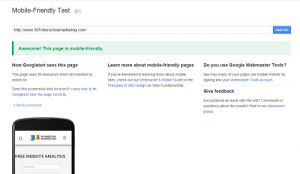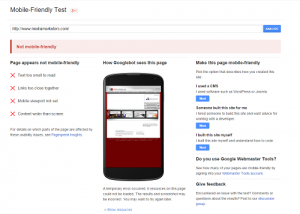If you have been following along with the buzz about Google’s recent algorythm change, which they announced in advance, a rarity; then you will be familiar with the words mobile responsive.
On April 22nd Google changed their algorythm in favor of sites that are responsive on mobile devices. Think tablets and phones. People are surfing the web more and more on the go. Google wants to reward the sites who make it easier on the folks who are using mobile devices.
What does Google look for in a mobile friendly website? We thought that you would ask.
Sometimes a website may be responsive and readable on a mobile device but it may not be usable. For instance, the links may have been placed too close to each other making it difficult to tap or the videos may have been embedded using Flash that doesn’t play on mobile devices. These factors may also prevent Google from marking your website as mobile friendly.
Some other indicators that will tip you off about a site being friendly for mobile users are things like if the pages run off of the screen.
Are the buttons so small that the human finger to hits more than one button?
If you think that your website isn’t up to par check out the website checker that Google released here.
The two responses that you get will look like this:
If your website doesn’t pass the test, make sure that you give us a call! We will help make your site responsive, so that your company can continue to see traffic from mobile devices! Give 301 Interactive Marketing a shout with any questions that you may have! We can be reached at 502-614-8205 or info@seomarketinglouisville.com


